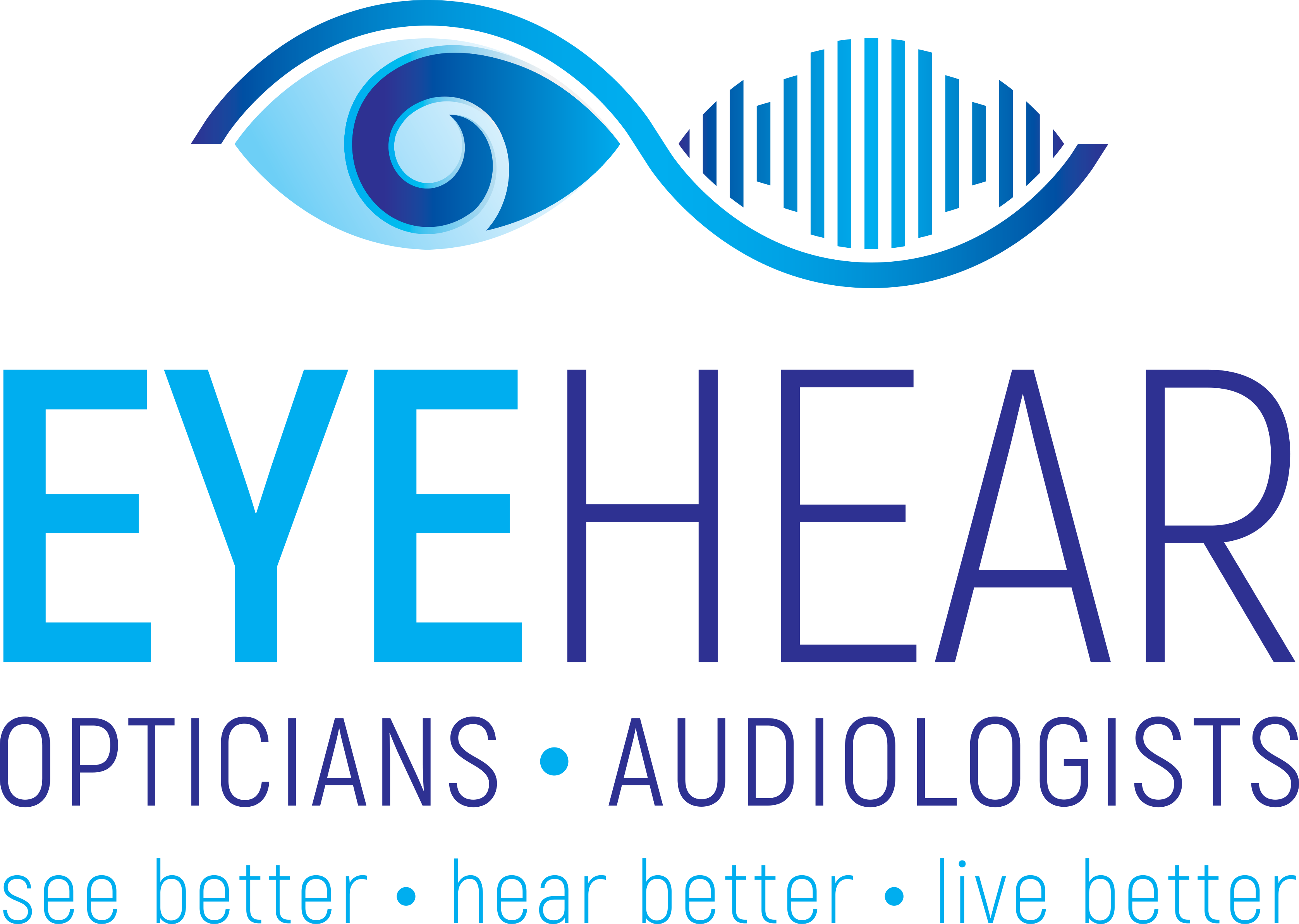Let’s face it, driving can be quite tricky at this time of year with a mix of icy conditions, glare from low-lying sun, and dark winter nights. But how many of us consider a visit to the local optometrist to check if our vision is up to the challenges of Mother Nature?
It is somewhat worrying in the UK, that as long as drivers are able to pass the number plate test as a youth, there is no requirement to have a sight test to check that vision is still up to scratch at some point over the next half century or so. With poor vision being the cause of an estimated 2900 road casualties each year, it’s surprising that there isn’t a stronger emphasis on the importance of regular eye examinations for drivers of all ages.
As an optometrist, I have been involved in many a consulting room debate with patients who are in denial about the need to wear glasses when driving: ‘But, I’ve been driving for thirty years and barely had a scrape’ is the typical retort, while overlooking the fact they’ve failed to identify the very top letter on my vision chart. Of course, a sight test is not just about checking vision as optometrists can also detect eye disease as well as spot signs of underlying general health conditions.
Warning signs that indicate you have problems driving in the dark
- Trouble with oncoming headlights
- Difficulty seeing road markings and street signs
- Needing to drive slowly
- Difficulty with judging distance and speed
Tips to keep safe when driving in the dark
He also gave me the following tips to keep safe while driving in the dark:
- Visit an optometrist – Ensure you see your optometrist, at your local opticians, at least every two years, or more often if your optometrist recommends it. As we age, we have greater difficulty seeing at night and some older drivers’ vision is compromised by cataracts and degenerative eye diseases
- Keep it clean – Clean your windows inside and outside as a dirty windshield can cause glare and reduce visibility. Check the dirt and grime build up on your headlights too as their brightness and range can be reduced
- Look away – Looking at oncoming headlights can leave you dazzled for up to five seconds so don’t look directly into the headlights of oncoming traffic. If this happens, slow down and if possible, stop driving until these effects have worn off
- Dim the dashboard – A bright dashboard will hinder your vision, so use the dimmer switch, if you have one
- Don’t be a drowsy driver – Drowsy driving is a serious problem resulting in many thousands of road accidents each year. According to RoSPA1, research shows that driver fatigue maybe a contributory factor in up to 20% of road accidents. So, ensure you are rested and try to avoid driving between midnight and 6am
- Slow down – Reduce your speed and increase your following distance behind the car in front of you
The introduction of the EnRoute Lens by Hoya is a dedicated lens design optimised for driving providing a more comfortable driving experience.
It has a specially developed Glare Filter for significant reduction of reflections and uncomfortable glare and improved contrast and brightness perception in low light.
Contact us for more details and it is currently on special offer for the Winter Months
